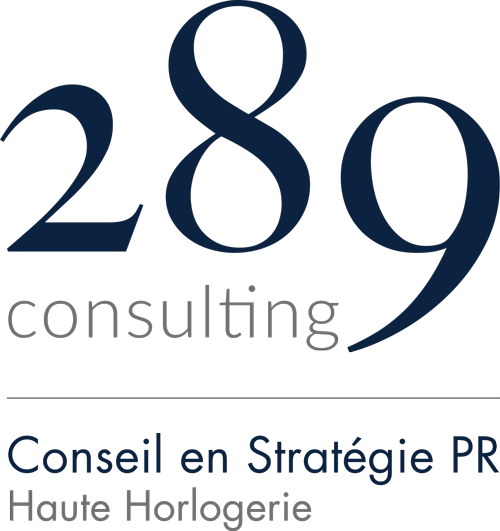Is World Watch Day recognized by UNESCO or the United Nations?
While World Watch Day is not yet an officially recognized international day by the United Nations or UNESCO, the initiative builds on a strong cultural foundation. Since 2012, UNESCO has listed the craftsmanship of mechanical watchmaking and art mechanics on its Representative List of the Intangible Cultural Heritage of Humanity. Our organizing association maintains a close and respectful relationship with UNESCO and consulted with them prior to launching the event. We are actively working toward formal recognition and are committed to honoring and amplifying the cultural value of watchmaking.
Why is World Watch Day celebrated on October 10?
October 10 (10/10) was chosen because it reflects the traditional way watches are displayed in advertisements — with hands set at 10:10. This configuration frames the brand name and dial beautifully, and the watch appears to be smiling. It's a subtle but powerful symbol of balance, elegance, and positivity — everything we want this global celebration to stand for.
How will the celebration be organised?
World Watch Day will feature both digital and in-person celebrations on 10 October.
- Digital Event: A global livestream will run in three six-hour segments to accommodate various time zones. The broadcast will begin at 10:10am local time in three regions: Shanghai (SH Time), Geneva/Paris (CET), and New York (EST). Each segment will feature both pre-recorded and live content. Content will be presented primarily in English, with simultaneous interpretation available in all six official United Nations languages (Arabic, Chinese, English, French, Russian, and Spanish). Pre-recorded videos will appear in their original language with English subtitles.
- Physical Events: Activities will be locally organised around the world. As this is a non-profit initiative, we encourage all events to be free or involve only a minimal participation fee, ensuring accessibility and widespread celebration of watchmaking culture.
How can I participate or become a partner?
There are two main ways to get involved. First, you can contribute content — such as videos, podcasts, articles, or live events — to be featured during the global broadcast. Simply submit your ideas through the form on worldwatchday.org, and our team will review and respond. There are no participation fees, and all content is shared freely.
Second, if you want to be involved year-round in shaping and growing the initiative, you can apply to become a member of our non-profit association. Members contribute to the long-term vision and cultural mission of World Watch Day.
Are there any content guidelines for contributors?
Yes, the main requirement is that your content should be educational and non-commercial in nature. Our goal is to celebrate and share the cultural, historical, scientific, and artistic facets of watchmaking — not to promote sales or products. We value authenticity, knowledge-sharing, and passion over promotion.
Can I organize a local event or panel?
Absolutely. Local events are a vital part of the celebration. We encourage you to create free and inclusive gatherings such as talks, workshops, or watchmaking demonstrations. Events involving retailers are welcome too — especially when they focus on storytelling and education rather than direct commercial promotion. These initiatives help bring communities together and foster a deeper appreciation for horology.
How can students and apprentices participate?
Students and apprentices are encouraged to take an active role in World Watch Day. You can submit content, organize live demonstrations, or even host local events. Whether you’re creating digital media, engaging your school club, or showcasing traditional techniques, your contribution matters. This is also a great opportunity for the next generation of watchmakers to connect with the global community and act as ambassadors for the craft.
Are there deadlines for submissions?
Yes, there are two key deadlines.
- For all digital content submissions (videos, podcasts, articles), the deadline is June 5, with feedback provided by the end of July.
- For in-person or local event proposals, the deadline is July 31, and feedback will be shared by the end of August. The full program will be published in early September.
Will there be a media kit or official communication materials?
Yes. A full media kit will be made available to support your communications and ensure consistency with the official branding and theme of World Watch Day.
Will the program be tailored by region or city?
World Watch Day will feature a 24-hour global livestream that follows the sun — from East to West — making it accessible to participants in all time zones. While the program is global, it will highlight regional content and local events submitted by our community. Expect a rich diversity of topics, including wristwatches, clocks, scientific perspectives on time, and the relationship between horology and culture.
Who are the founding members of the coordinating association?
The initiative is guided by a coalition of leading cultural and horological organizations, including: Arc Horloger, Europa Star, Fondation de la Haute Horlogerie (FHH), Foundation of the Grand Prix d’Horlogerie de Genève (GPHG), Hantang Culture, Horological Society of New York (HSNY), Horopedia Foundation, Le Figaro, and The Watch Library Foundation.
There have been other World Watch Day initiatives. What makes this one different?
We are aware of previous initiatives launched in various countries and by different groups, including those in Switzerland, Turkey, and France. What makes this version unique is its truly collective and open nature. We welcome individuals, institutions, and brands from across the globe to co-create a shared celebration. Rather than compete, we aim to unify all efforts into a single, inclusive, and meaningful day that reflects the diversity and richness of the watchmaking world.



